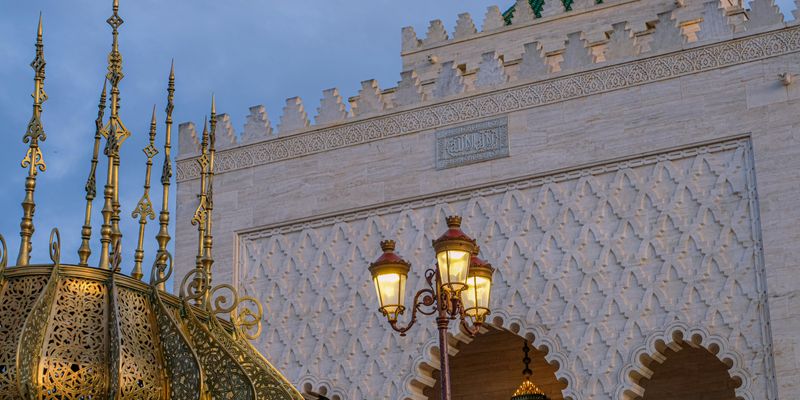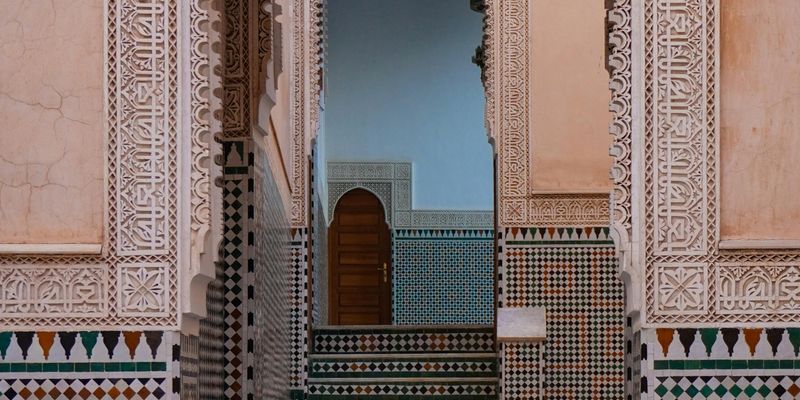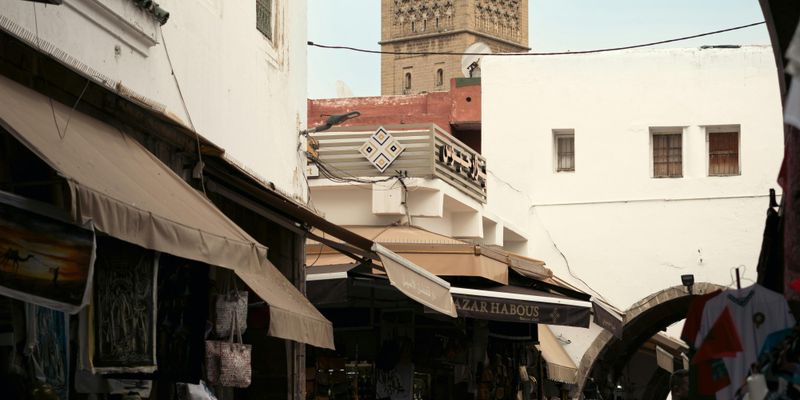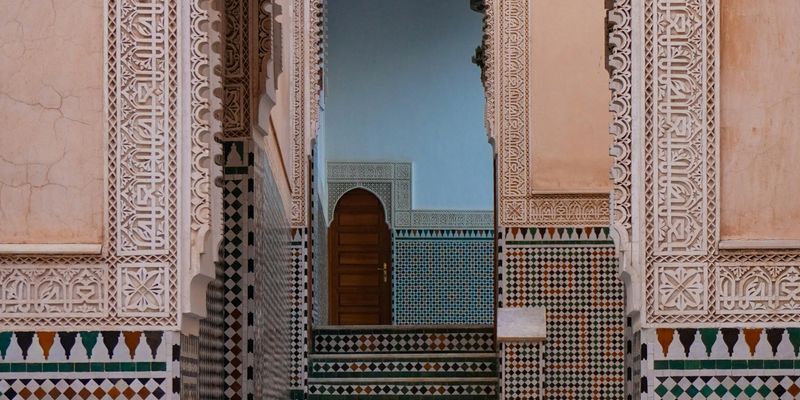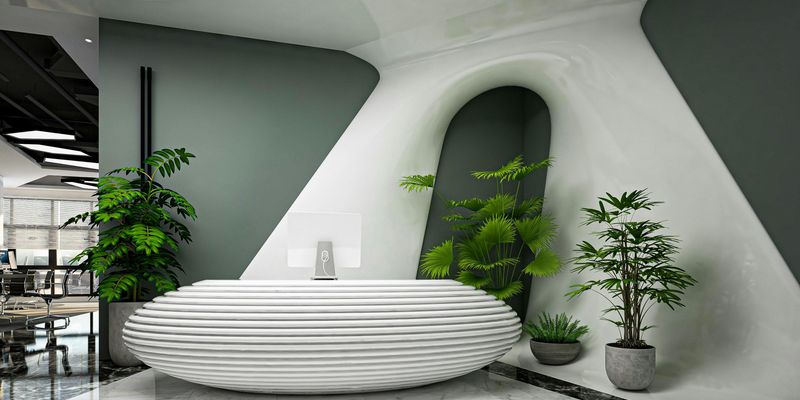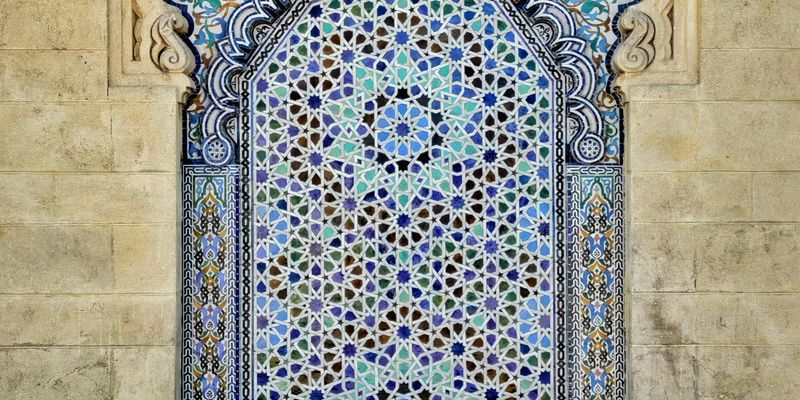
Why the Art of Moroccan Tile-making is a Treasure to Discover
As I wander through the bustling streets of Marrakech, my gaze often drifts towards the vivid mosaics that adorn the buildings, courtyards, and fountains. These intricate tile designs, known as Zellige, are far more than mere decoration; they are a celebration of Morocco’s rich cultural heritage and artisanal craftsmanship.
The Origins of Zellige
Zellige dates back to the 10th century and has roots in Islamic art. It reflects the spiritual beliefs of the time, emphasizing geometric patterns that were believed to evoke an infinite sense of connection to the divine. The craft truly embodies the Moroccan spirit, combining beauty with meaning.
The Craftsmanship Behind Each Tile
What makes Zellige so unique is the meticulous process involved in creating these tiles. Artisans start by forming clay into small square pieces, which are then glazed with vibrant colors, such as deep blues, radiant yellows, and rich greens. After the glazing, the tiles are hand-cut into intricate shapes, including stars, hexagons, and diamonds.
It is fascinating to watch a skilled artisan at work, their hands dancing deftly as they fit together the pieces to create a stunning mosaic. This process is often a labor of love, with decades of practice behind each design.
Zellige in Modern Life
Today, Zellige is not just confined to historical buildings. You can find these magnificent tiles in contemporary Moroccan homes and hotels, merging traditional techniques with modern aesthetics. The playful use of color and pattern brings warmth to indoor and outdoor spaces, inviting a sense of tranquility and beauty. One of my favorite spots to admire Zellige is in the serene gardens of the Majorelle Garden in Marrakech, where the cool blues and vibrant yellows create a soothing oasis.
Where to Experience Zellige
If you find yourself wandering through the souks of Morocco, make sure to explore the shops specializing in Zellige. Many artisans have set up workshops where you can watch the tile-making process and even try your hand at crafting a tile yourself. Not only does this provide a deeper appreciation for the art, but it also supports local artisans.
Conclusion
The art of tile-making is a quintessential reflection of Morocco’s cultural identity, marrying intricate design with a sense of history. The next time you step into a space adorned with Zellige, take a moment to appreciate the countless hours and generations of skill that have gone into creating such beauty. Embracing Moroccan artistry reminds us that beauty is not merely visual—it tells a story, and the tiles of Morocco are whispers from the past that speak to the heart.
